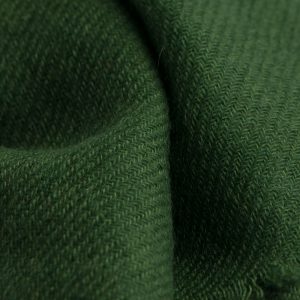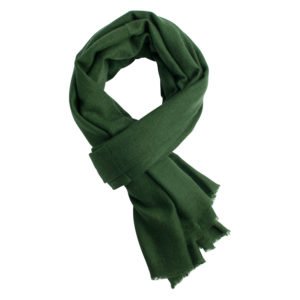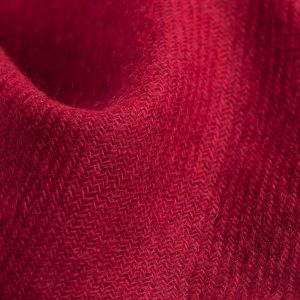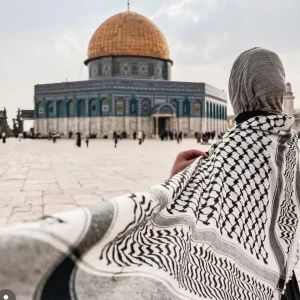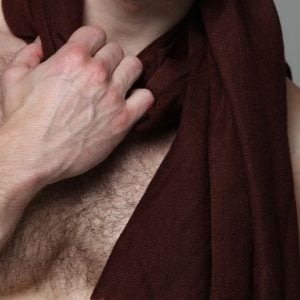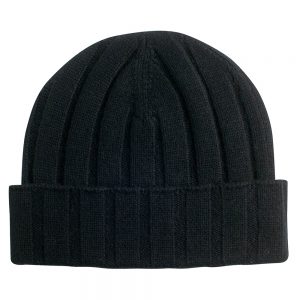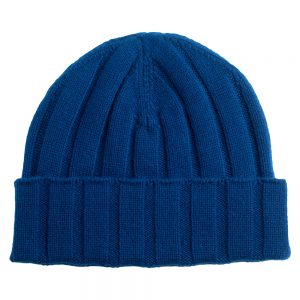
WHAT IS PASHMINA?
As a designer deeply passionate about timeless craftsmanship, I’ve always been fascinated by pashmina — not just as a textile, but as a living story woven from nature, heritage, and human hands.
Pashmina is a refined version of spun cashmere, traditionally handwoven into airy, delicate fabrics that radiate softness and warmth. Its fibers are so fine that machines can’t handle them — only the skilled hands of Kashmiri artisans can. This is not just fabric — it’s art.
In Kashmir, it’s known as “shahmina,” and it’s been passed down through generations as part of the region’s proud cultural legacy. Globally, its popularity surged in the 1990s, but its roots go far deeper.
HISTORY OF PASHMINA & CASHMERE
In the West, the word Cashmere has long been used interchangeably with Pashmina. But there’s a difference — and it matters. Since 2013, pashmina has earned its own official identity, protected by a Geographical Indication (GI) mark. That protects the authenticity of real, GI-certified pashmina.
Crafted from real pashmina, not synthetic blends. Real pashmina comes from the soft undercoat of the Capra Hircus goat, which lives high up in the Himalayas — often more than 2,000 meters above sea level, where temperatures drop to -40°C. This rare wool is then spun by hand and woven into shawls in Kashmir, nestled between India, Pakistan, and China.
Explore our authentic pashmina for men. Our navy pashmina shawl for men – handwoven in Nepal.
Learn more about the Geographical Indication of Pashmina from the Government of India – the official documentation that protects the authenticity of real Kashmiri pashmina.


THE ORIGIN OF PASHMINA
Pashmina has its soul rooted in Kashmir. For centuries, artisans in this Himalayan region have spun, dyed, and woven this exquisite wool into shawls that became symbols of status, love, and craftsmanship.
Although Nepal once had a strong tradition of pashmina weaving, the Industrial Revolution shifted focus to machine-made fabrics. Kashmir, however, preserved the ancient techniques — protecting its pashmina industry through deep-rooted cultural pride and a commitment to handcraft.
What makes Kashmiri pashmina unique isn’t just the cold—it’s the extreme altitude and the delicate undercoat of the Himalayan goat, Capra Hircus, that give the wool its featherlight softness and rare warmth. These goats live in Ladakh and parts of Tibet, more than 4,000 meters above sea level.
In the past, treaties even granted the Maharaja of Kashmir exclusive rights to access this rare wool from Tibet. Today, Kashmir holds a Geographical Indication (GI) mark — a seal that protects its authenticity worldwide. Every true pashmina shawl is still woven on a traditional handloom by skilled artisans, using techniques passed down for generations.
Owning one is not just about warmth — it’s about legacy, ethics, and slow luxury.
FROM MUGHAL EMPERORS TO HOLLYWOOD ICONS: THE LEGACY OF PASHMINA
Pashmina has travelled through the pages of history — from the royal courts of India to the red carpets of Hollywood. While modern blends of silk and wool may be popular in the West, true pashmina remains unmatched — soft, rare, and 100% natural.
The tradition of crafting pashmina shawls in Kashmir is believed to date back over 3,000 years. In the Mughal era, these shawls were prized possessions among emperors and queens. Napoleon Bonaparte famously gifted a pashmina shawl to his wife, Josephine, who is said to have owned dozens.
Across the globe, Persian and Indian rulers cherished pashmina not only for its warmth and elegance but also as a symbol of power and diplomacy. In India, Maharaja Ranjit Singh adorned his court with hand-embroidered pashmina art — turning fabric into heritage.
THE CHANGTHANGI GOAT – THE HEART OF PASHMINA
The secret to authentic pashmina lies in the fine, silky undercoat of the Changthangi goat, native to the cold, high-altitude plateau of Changthang in Ladakh. In Kashmiri, the raw wool is called pushm, derived from the Persian word for wool.
Each spring, as temperatures rise, the goats naturally shed their undercoat. This molting season is when the softest fibers are collected — by hand — from these gentle animals.
The Changpa nomads, the original caretakers of these goats, are the custodians of this tradition. Their way of life, passed down through generations, ensures ethical sourcing, deep respect for nature, and true sustainability.
THE ARTISAN PROCESS BEHIND EVERY PASHMINA
Creating authentic pashmina is a labor of love, skill, and heritage. From combing to weaving, every step is done by hand — no shortcuts, no machines, just centuries-old tradition.
It all begins with combing the Changthangi goats, gently collecting their soft undercoat once a year during spring. The raw fibers are then cleaned, aligned, and spun — completely by hand — before they make their journey to Srinagar, the cultural heart of Kashmir.
There, master weavers take over. Using traditional wooden handlooms, powered only by hand and foot, these artisans invest up to three weeks of focused craftsmanship to complete a single shawl or scarf.
Each piece becomes a living story — woven with precision, patience, and passion.


KASHMIRI HAND EMBROIDERY — A HERITAGE IN EVERY STITCH
Step into a world where every thread tells a story. From the majestic Kani Jamawar shawls to soulfully crafted Sozni embroideries, Kashmir’s legacy is woven into every piece.
Each shawl is more than fabric — it’s a slow-made masterpiece. Handwoven Kani pieces, once passed down as heirlooms, now return with stately motifs of floral gardens, flowing rivers, and underwater life. These designs echo centuries of silent storytelling, crafted with unmatched devotion.
Then there’s Kalamkari — a rare art that fuses brush, pen, and needle into one poetic movement. It’s a dance of color and pattern, creating luxurious shawls that feel both regal and deeply personal.
Our Sozni stoles from Kashmir take months to complete. The detail is breathtaking. Each thread is woven with purpose, with heritage, with the hand of an artisan keeping this tradition alive.
Every piece in our collection — created in collaboration with Pashminawear — is made from 100% pure Cashmere, hand-embroidered, and ethically produced.
1. OLIVE GREEN:
Explore understated elegance with our olive green pashmina shawl – a timeless accessory for every wardrobe.
2. DARK GREY:
Prefer something more classic? Our dark grey pashmina shawl is a versatile staple for both casual and formal wear.
3. PETROL BLUE:
Make a bold yet refined statement with the petrol blue pashmina – designed for those who stand out effortlessly.
4. GREY MELANGE SCARF:
Wrap yourself in softness with our grey melange pashmina scarf – perfect for layering or gifting.



